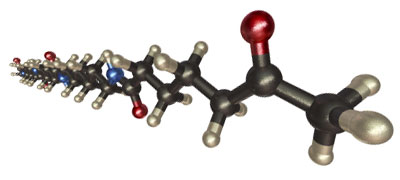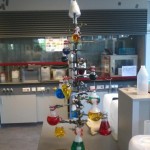In the last couple posts we discussed solving really big polymer problems and gave some examples. In the next two posts we will go into more details on a systematic approach to solving those big hairy polymer problems. Tough times call for bold actions. The advanced materials manufacturing sector is going through a challenging period. Take a hard look at your business. Are ... [Click to Continue...]
Train Wrecks: A Case Study
When I was a young scientist at IBM one of our production lines had a problem during the soldering of components onto a printed circuit board. The cards would delaminate when they were exposed to the high temperature solder and split apart destroying the printed circuit card. A task force was put together and all of the data was collected. It turns out this happened every ... [Click to Continue...]
Train Wrecks: Figuring Out What Went Wrong
How many of us have confronted a massive problem in your business that is really holding your company back? Typical examples are production problems leading to large scrap losses, scheduling delays due to capacity issues, new product failures after launch. This list goes on. Where do you start to sort through the issues. I have worked on some “hairy” problems over my ... [Click to Continue...]
Happy Holidays from Polymer Innovation Blog
I thought that since this a pretty techy type of blog that a "Chemistree" might be an appropriate image for our Holiday Greeting. Image source: https://imgur.com/1qvnB Thanks and Happy Holidays to all our readers and Best Wishes for a Prosperous New Year We’ll be back after the first of the year with a new line-up of topics for 2013. ... [Click to Continue...]
Characterization of Thermosetting Polymers; How to Get More Out of Your Rheometer-Part Three
During the lamination of B-staged prepregs to make printed circuit boards, the partially cured resin-impregnated glass cloth is subjected to a nonisothermal temperature profile. This causes the resin to flow over the circuit traces and chemically react forming an intractable fully cured network. The viscosity profile determines the flow window, or time when the resin is ... [Click to Continue...]





